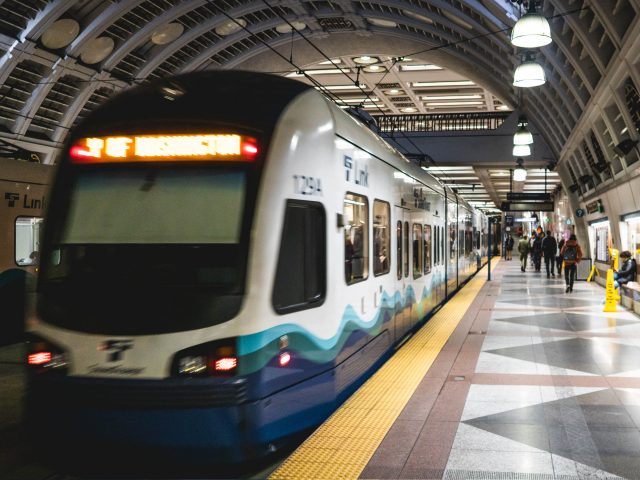Initiatives
Sound Transit 3 Implementation

Growing the capacity of our transportation system is critical to the health of downtown. With the 2016 passage of Sound Transit 3, we took a large step toward ensuring an efficient and interconnected regional transportation network. ST3 is the region’s single-largest investment in our transportation future. It will dramatically increase connectivity to, through and within downtown.
DSA supported the campaign to pass ST3 and weighed in early on the specifics of the plan ultimately approved by voters. The levy funds an additional 62 miles of light rail lines, expands bus rapid transit lines, increases Sounder train capacity and adds a second downtown transit tunnel to serve six new stations in center city.
In 2024, DSA and the Seattle Metropolitan Chamber of Commerce together launched an initiative to work with partners across downtown, Sound Transit and the city of Seattle to mitigate the impacts of light rail construction downtown while revitalization efforts continue.
As the West Seattle to Ballard Link Extension project proceeds through the planning, design and construction phases, DSA will work with these government agencies to elevate the voices of our members and ratepayers to support downtown’s vibrancy during and after construction.
For more information, please email policyandadvocacy@downtownseattle.org.